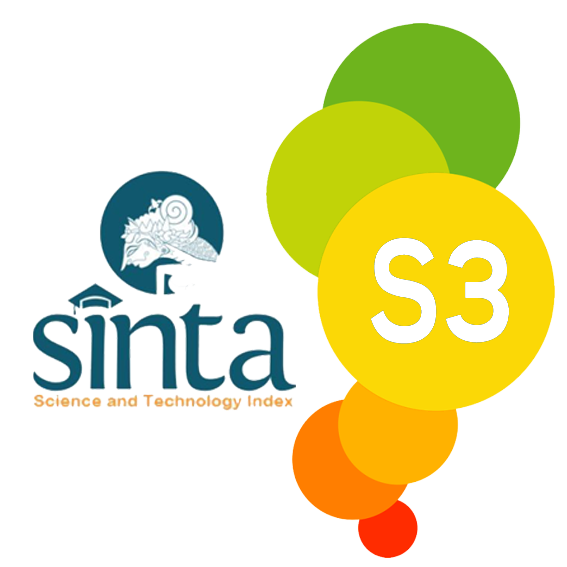Analysis of Pasatan Temple trekking at Pohsanten Village
DOI:
https://doi.org/10.31940/ijogtra.v5i2.100-107Keywords:
rural tourism, green tourism, trekking, tourism attraction, tourism services, guidingAbstract
This article is about the analisis of the Pasatan Temple trekking in order to propose it as a tourist trekking. In fact, Politeknik Negeri Bali wishes to develop a program package for international students to discover the village of Pohsanten, Jembrana in Bali, Indonesia. This activity should provide an opportunity for international tourists to discover the west of Bali, which is poorly promoted in tourism. Indeed, there is an exceptional natural heritage (fauna, flora, waterfalls, mountains) but also an authentic cultural heritage through the discovery of the Pasatan temple. The research method mainly used to analyse this trekking is the qualitative method. Indeed, with more than 5 participants, an interview was carried out inquiring the 9 tourism attraction aspects. The aspects of a tourism attraction are based on the aspects on duration, timing, variety of tourist attraction, the strength of the attraction theme, product delivery (guide & component), food & beverage, transportation, organizing program package, and price. Hence, the research method will not only be qualitative but also quantitative to measure the satisfaction index. The results shows that participants are satisfied with the Pasatan temple trekking and that is possible to market this activity as a tourist attraction and offer it in the program package for international students. It is expected that the results of the study could assist the Pohsanten village in developing rural tourism and be used as a reference for tourist professionnals.












